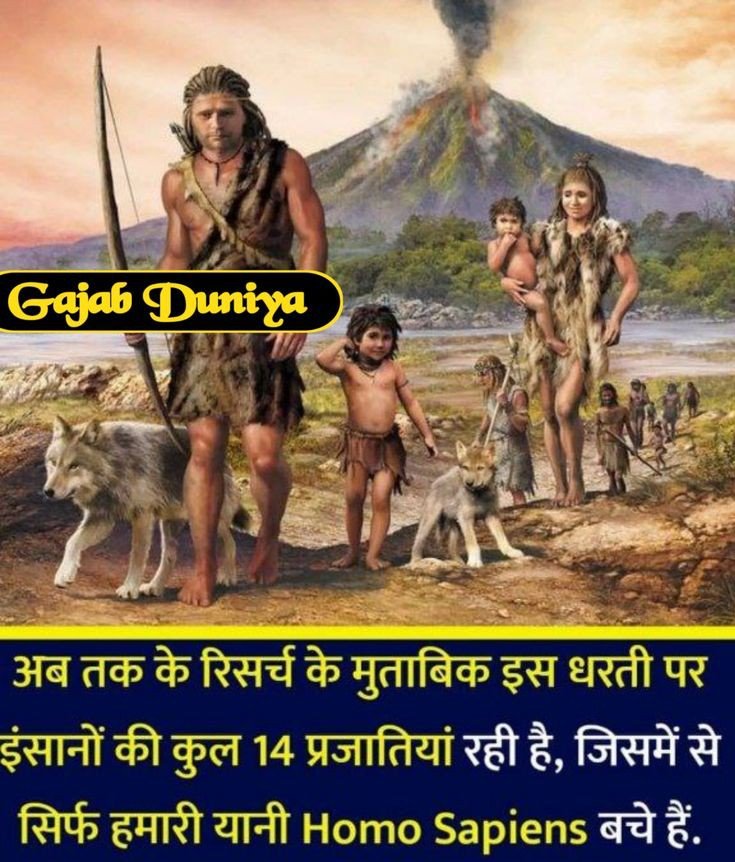dinosaurs ended For over 53 million years, Earth was ruled by the bizarre, terrifying and downright impressive creatures that were dinosaurs – which dominated every corner of the planet, growing bigger and bigger as they until their demise at the hands of a rampant asteroid. dinosaurs ended
But how did they become the top dogs in the first place? Well, a new study reveals it was a similarly disastrous event that made way for the dinosaurs: but rather than an asteroid, a ‘volcanic winter’ eradicated most of the other creatures on the planet, 201.6 million years ago.
During this fourth ‘mass extinction’, three quarters of living species disappeared. Massive volcanic eruptions split apart the supercontinent Pangaea and lava flowed for 600,000 years. dinosaurs ended

dinosaurs ended
This marked the beginning of the Jurassic period, when dinosaurs rose to take the place of the Triassic creatures that went extinct. dinosaurs ended
Until the new research, one of the leading theories on what caused the fourth mass extinction was that large amounts of carbon dioxide were released by the eruptions. This would have heated the planet (just like what is happening with climate change today) as well as making the ocean a massive acid bath. dinosaurs ended
But a new study argues that the volcanoes, bizarrely, had the opposite effect, killing life through cooling rather than warming.
How? Well, the researchers behind the new study, published in the journal Proceedings of the National Academy of Sciencesargue that atmosphere-cooling sulphate particles did more damage than carbon dioxide. A lot more damage.
They think these particles were spewed into the atmosphere a lotreflecting the sunlight away from Earth and cooling the planet so much that it froze its inhabitants.
In fact, they think that so many sulphate particles were released that it literally blocked the Sun’s light.
“Carbon dioxide and sulphates act not just in opposite ways, but opposite time frames,” said lead author Dr Dennis Kentresearcher at Columbia University in the US.
“It takes a long time for carbon dioxide to build up and heat things, but the effect of sulfates is pretty much instant. It brings us into the realm of what humans can grasp. These events happened in the span of a lifetime.”
For the study, the researchers analysed volcanic sediments in Canada, the US and the mountains of Morocco. They found evidence of five lava ‘pulses’ towards the end of the Triassic: huge eruptions spread out over 40,000 years.
In geology, this is actually very brief: the species wouldn’t have had a chance to recover.
Before these pulses, Triassic fossils were plentiful in the geological record – including strange tree lizards, giant amphibians, terrestrial relatives of crocodiles and exotic plants. But after the pulses they disappear.
Despite this, the small dinosaurs which would evolve into much larger ones like Triceratops, T.rex and other weird dinosaurs survived – and so did the tiny mammals who continued to evolve as our ancestors.



Post Comment